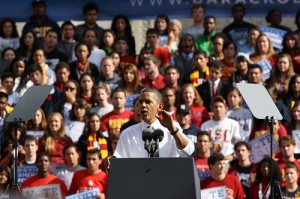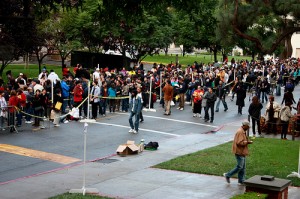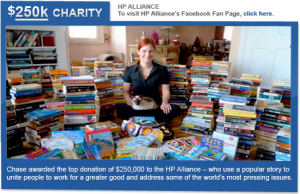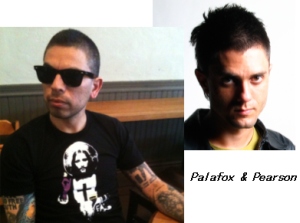On April 5, 2010, President Obama issued a proclamation (PDF) declaring April “National Financial Literacy Month.” It was a call for collective agency and responsibility, positioning the “recent economic crisis” as the “result of both irresponsible actions on Wall Street, and everyday choices on Main Street.” He condemned the financial industry, but also noted, “We are each responsible for understanding basic concepts: how to balance a checkbook, save for a child’s education, steer clear of deceptive financial products and practices, plan for retirement, and avoid accumulating excessive debts.” Global economic disaster became a wake-up call for quotidian financial literacy.
About a month before, a headline from the parody newspaper the Onion declared, “U.S. Economy Grinds To Halt As Nation Realizes Money Just A Symbolic, Mutually Shared Illusion.” It begins, “The U.S. economy ceased to function this week after unexpected existential remarks by Federal Reserve chairman Ben Bernanke shocked Americans into realizing that money is, in fact, just a meaningless and intangible social construct.” The revelation radiates out from Bernanke, and bewildered traders show up out of habit for the opening bell to blankly stare at “meaningless scrolling numbers on the flashing screens above.” President Obama is depicted alone with his coin collection, muttering, his mind “too blown” to hold a press conference. Would-be bank robbers laugh with security guards about the “absurdity of the idea of $100 bills.”
The Onion article and Obama’s declaration of National Finance Literacy Month are metonyms for money’s position in what Time called the “great recession.” Money is both central and illusory. There seems to be a growing sense that money is system of socially contingent shared meanings and practices– far from the totally rational method of exchange we have sometimes imagined it to be. However, this awareness alone bestows neither the knowledge to monitor banking reform legislation nor to climb out of credit card debt. However, it does put the meaning of money into play.
After the jump, I take a closer look at groups that have seized this opportunity to infuse even traditional uses for money with new significance, undermining the taken-for-granted authority of financial institutions and turning personal banking into a form of civic communication. Plus, since we’re beginning the holiday season, there’ll be some ideas for a slightly late Halloween, an early Christmas, or a rather early Valentine’s Day!
[Read more…]








